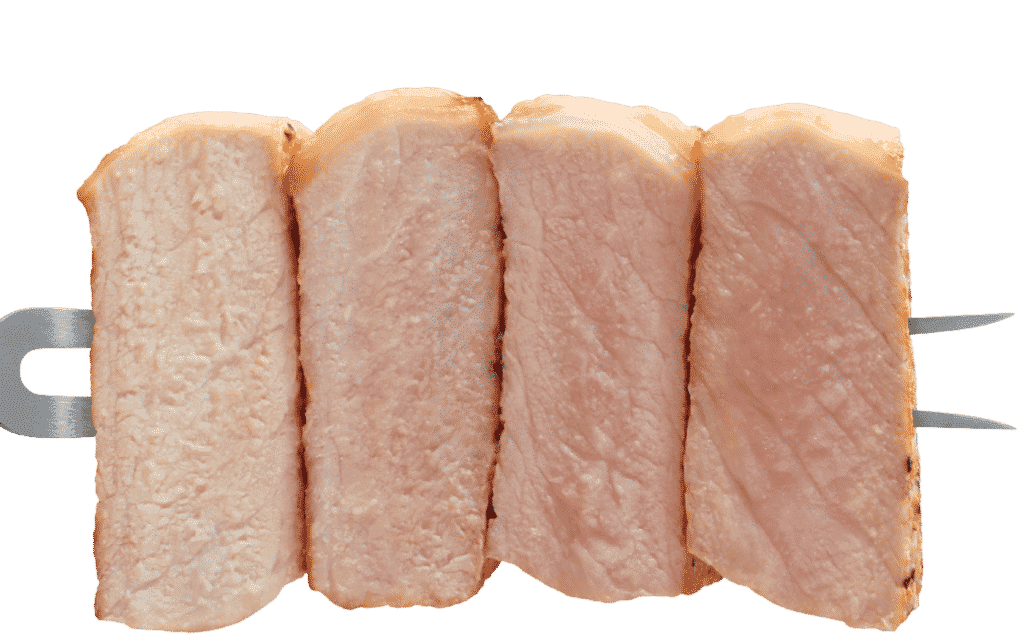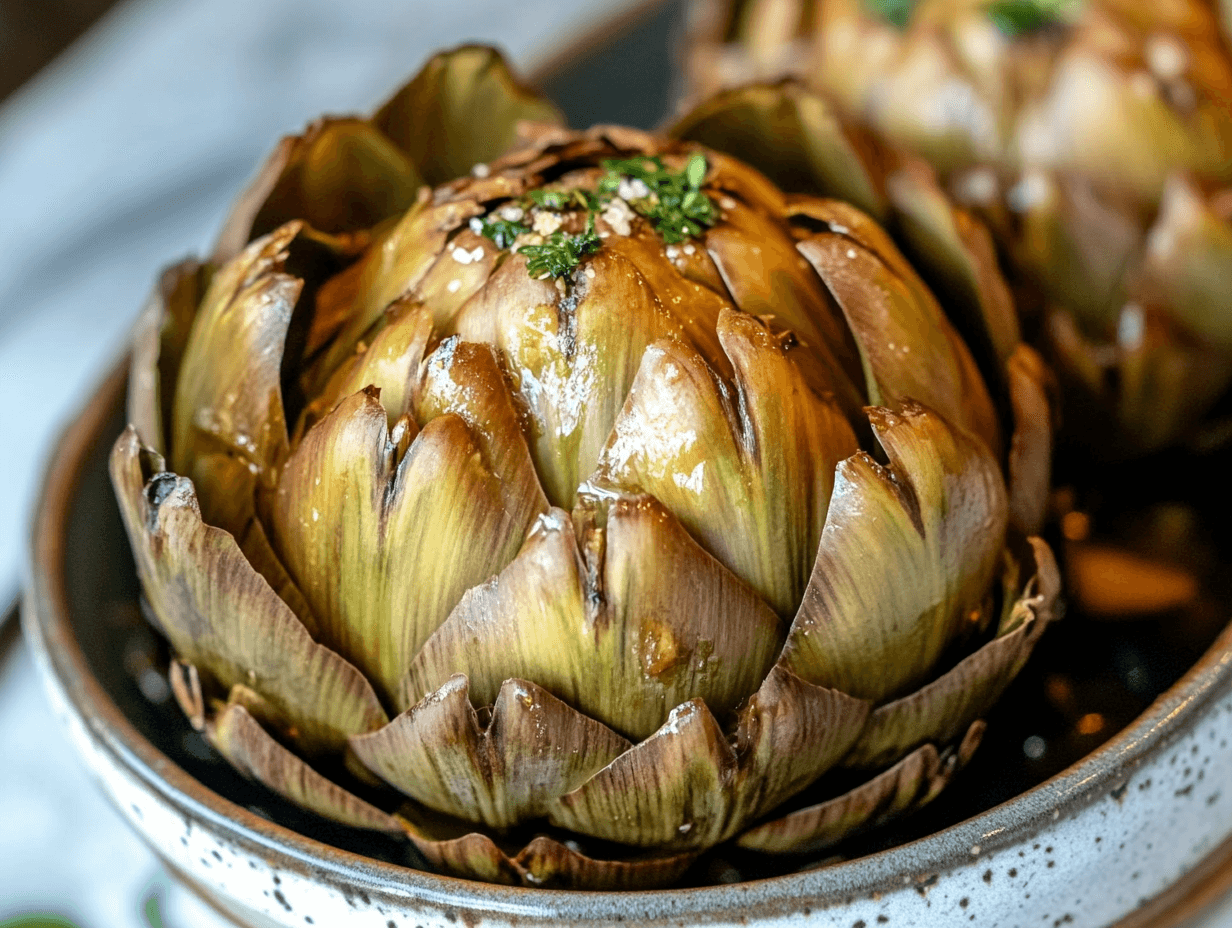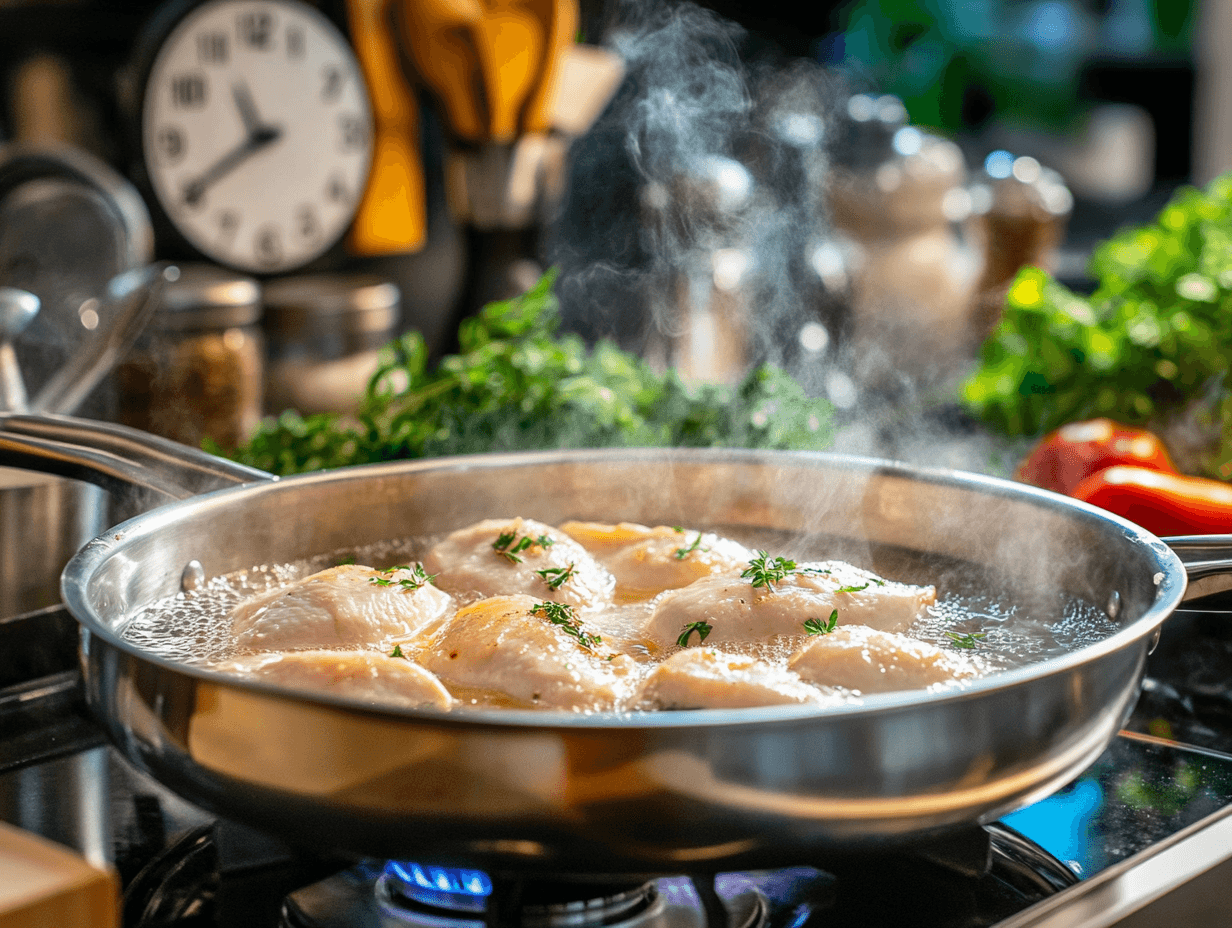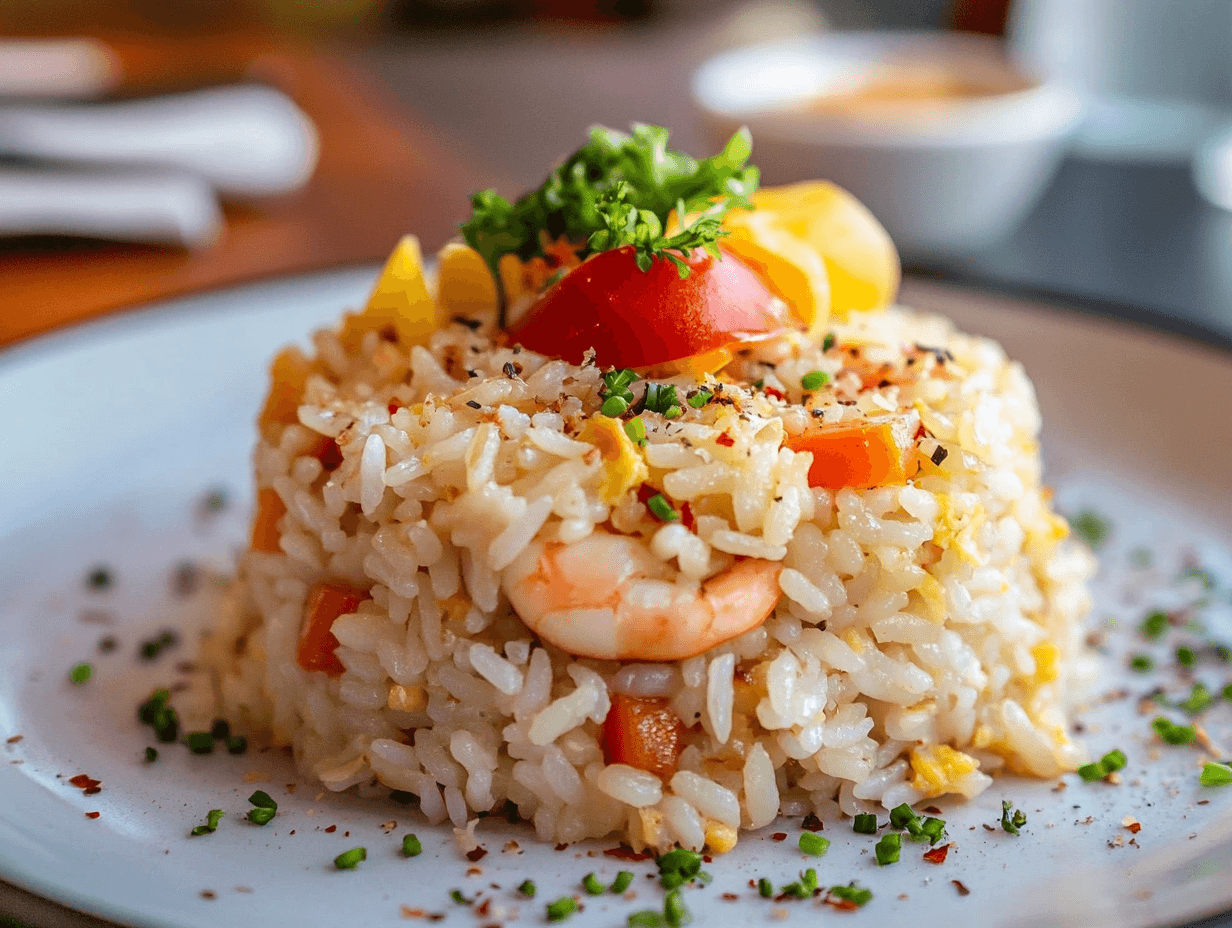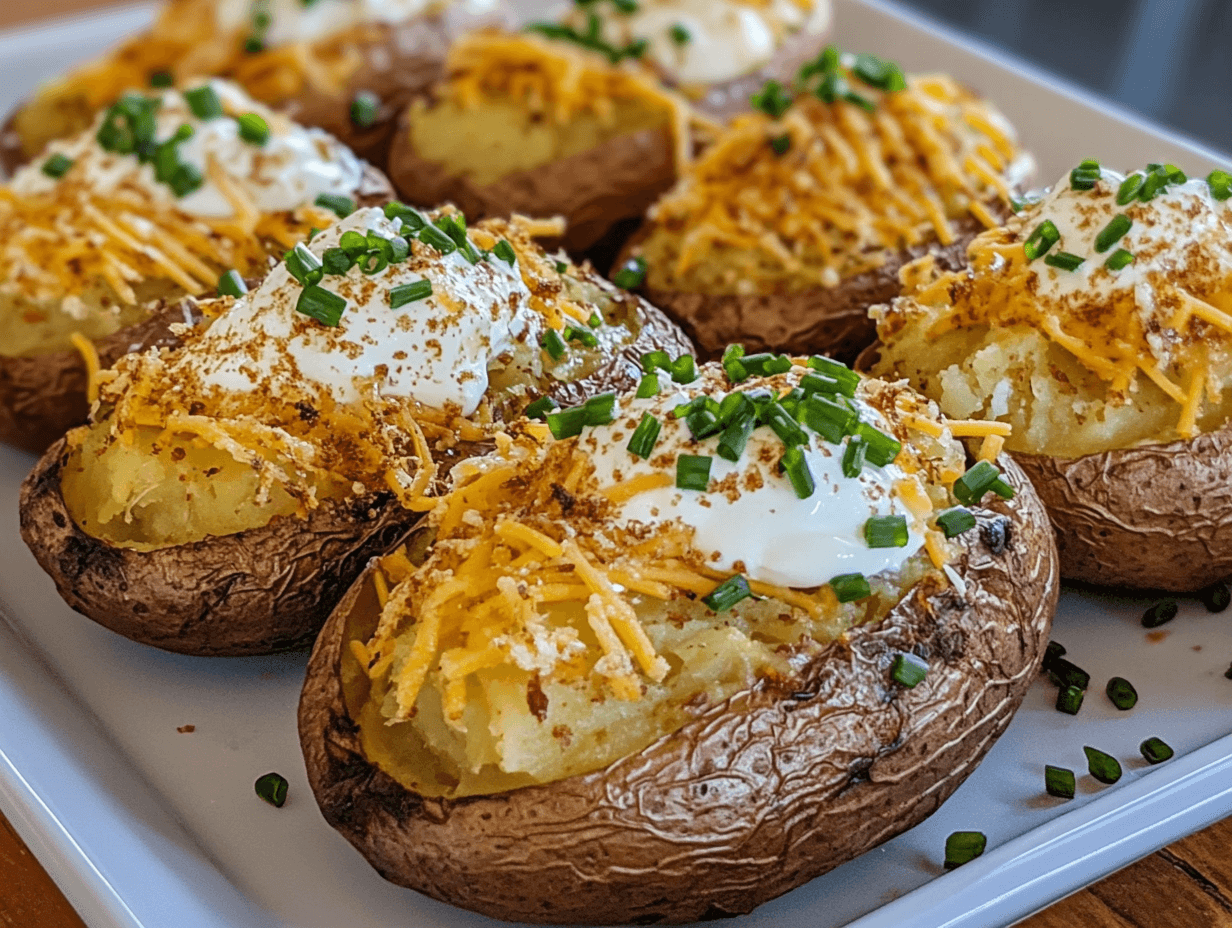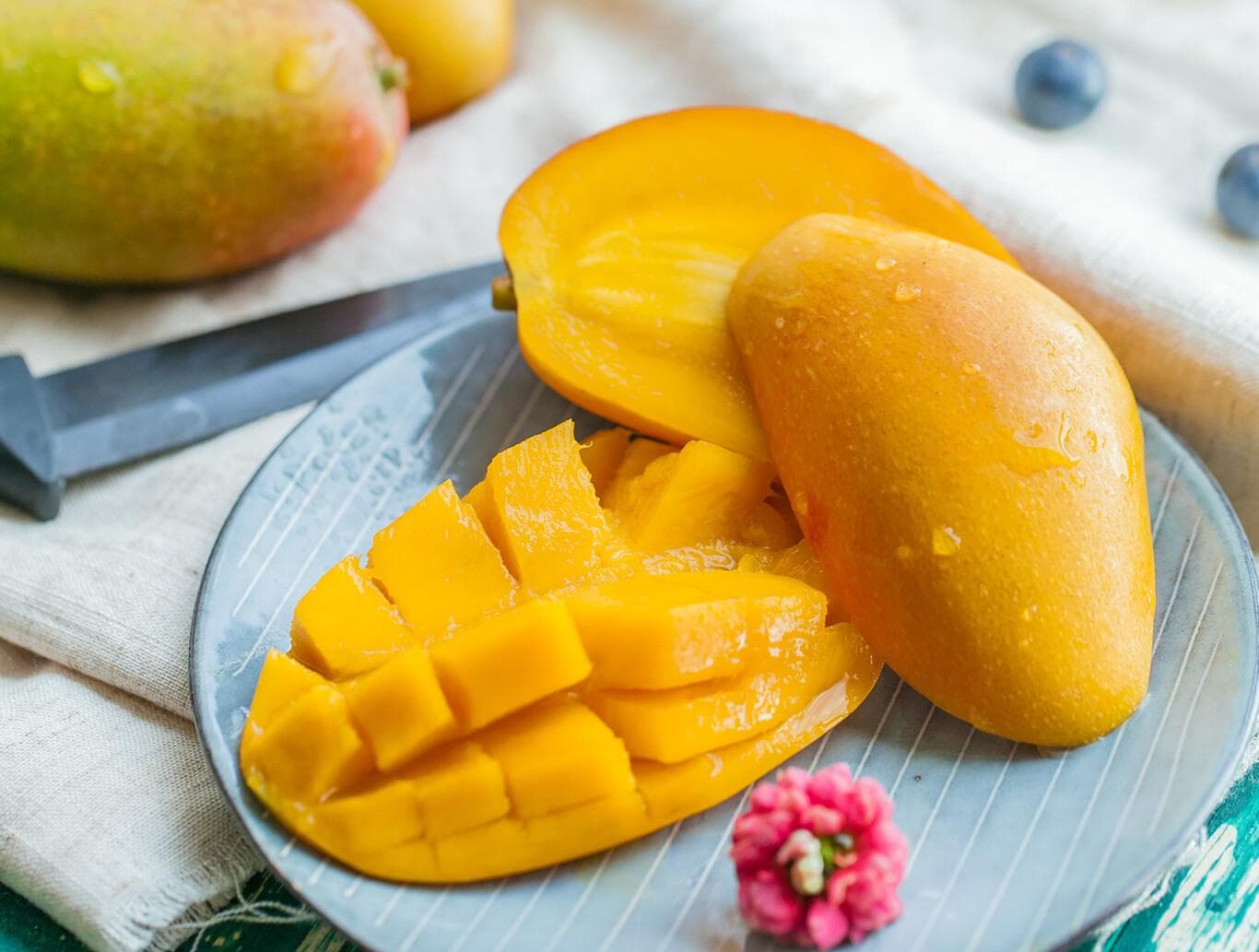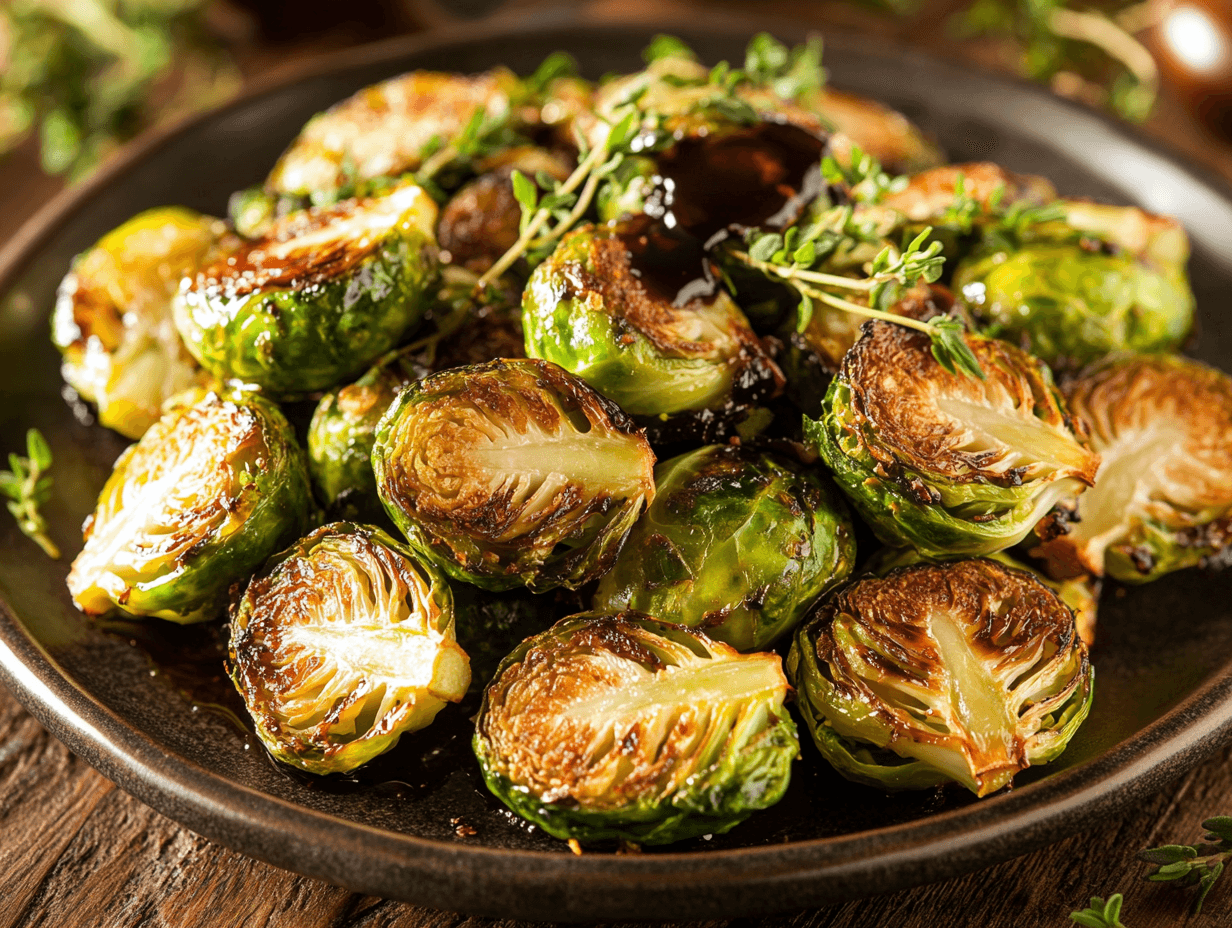Here you will learn how to cook a turkey - the best recipe!
While turkey is traditionally the centerpiece of Thanksgiving dinner, it's a delicious dish that can be enjoyed any time of the year. Cooking a turkey might seem like a daunting task, but with this step-by-step guide, you’ll have a delicious result that’s worthy of any special occasion. Whether you’re preparing a turkey for a major celebration or just want to enjoy a great meal, this recipe will guide you from selecting the turkey to serving it at the table, ensuring success at every step.
What to consider when choosing a turkey
Choosing the right turkey is crucial to getting a delicious result. Here are the key factors to consider:
Size: Choose a turkey large enough to feed all your guests, but keep in mind that a smaller one will be easier to handle and cook.
Type: You can opt for a fresh or frozen turkey. Fresh turkeys tend to have a more natural flavor, while frozen ones are easier to find and may be more economical.
Quality: Check the turkey's label to ensure it’s of good quality. Look for keywords like "organic," "hormone-free," and "free-range" for a better culinary experience.

How to safely thaw a frozen turkey and how long it takes
Safely thawing a turkey is essential to avoid health issues and ensure even cooking. Here are the safest and most effective methods:
In the refrigerator: This is the safest and most recommended method. Place the frozen turkey in a large container to prevent juices from contaminating other foods. Allow approximately 24 hours of thawing for every 5 pounds of turkey. For example, a 15-pound turkey will need about 3 days in the refrigerator.
In cold water: If you're short on time, you can thaw the turkey by submerging it in cold water. Make sure to change the water every 30 minutes to keep it cold. This method takes about 30 minutes per pound of turkey. A 15-pound turkey will take about 7 hours to thaw.
In the microwave: This method is quick, but you must be careful with uneven cooking. Follow your microwave manufacturer's instructions, as times and powers vary. Cook the turkey immediately after thawing this way.

What is the best method for cooking turkey?
Cooking a turkey to perfection depends on the method you choose. Here are the most popular methods and their advantages:
Oven roasting: This is the most traditional and common method. It allows for even cooking and results in crispy skin if done correctly. It’s ideal for those looking for a classic flavor and a relatively simple process.
Grilling: This method imparts a smoky flavor that you can’t achieve in the oven. It’s perfect for those looking for a different option and who have experience grilling. However, it requires more attention to avoid drying out the turkey.
Frying: Frying a turkey is quick and produces incredibly crispy skin and juicy meat. However, it requires special equipment and strict safety measures to avoid accidents.
Each method has its particularities, but if you're looking for a method that combines tradition and ease, I recommend oven roasting, as it consistently delivers delicious results and is accessible to most kitchens.

How long should you cook a turkey?
Cooking time for a turkey is crucial to ensure it’s perfectly cooked, juicy, and safe to eat. Here is a general guide based on the turkey's weight:
- For a turkey weighing 8 to 12 pounds: Cook for 2 hours and 45 minutes to 3 hours and 30 minutes at 325°F (165°C).
- For a turkey weighing 12 to 16 pounds: Cook for 3 hours and 30 minutes to 4 hours at 325°F (165°C).
- For a turkey weighing 16 to 20 pounds: Cook for 4 hours to 4 hours and 30 minutes at 325°F (165°C).
- For a turkey weighing 20 to 24 pounds: Cook for 4 hours and 30 minutes to 5 hours at 325°F (165°C).
Remember, these times are just a guide. The most important thing is to check the internal temperature of the turkey at the thickest part of the thigh and breast. It should reach an internal temperature of 165°F (74°C) to be fully cooked. Use a meat thermometer to ensure your turkey is ready.

Tips to keep the turkey moist during cooking
Keeping the turkey moist is one of the biggest challenges when cooking it, but with these tips, you'll achieve a delicious and tender result:
Brining: Soaking the turkey in brine for several hours before cooking is an excellent way to ensure it stays juicy. The brine helps retain moisture in the meat and gives it a delicious flavor. You can make a simple brine with water, salt, sugar, and spices, and let the turkey soak for 12 to 24 hours.
Butter under the skin: Placing butter or lard under the turkey’s skin before cooking not only adds flavor but also helps keep the meat moist. The fat melts during cooking, infusing the meat with moisture and flavor.
Cover with aluminum foil: Covering the turkey with aluminum foil during the first few hours of cooking prevents the skin from burning and the meat from drying out. Remove the foil in the last hour so the skin can brown and become crispy.

The best marinades for a perfect turkey
A good marinade can elevate the flavor of your turkey, making each bite more flavorful and aromatic. Here are some marinade ideas you can try:
Citrus and herb marinade: Mix the juice of 2 lemons, 2 oranges, 4 cloves of minced garlic, 2 tablespoons of fresh rosemary, 2 tablespoons of thyme, and ½ cup of olive oil. Combine everything in a large bowl, making sure to coat the turkey well with the mixture. Let it marinate in the refrigerator for at least 12 hours.
Mustard and honey marinade: Combine ½ cup of Dijon mustard, ¼ cup of honey, 4 minced garlic cloves, and 2 tablespoons of soy sauce in a bowl. Mix well until all ingredients are integrated. Coat the turkey with this mixture and let it rest in the refrigerator for 12 hours for a balanced flavor.
Red wine and garlic marinade: Mix 1 cup of red wine, 5 minced garlic cloves, 1 finely chopped onion, 3 bay leaves, and 1 tablespoon of black pepper in a large bowl. Place the turkey in the mixture, making sure it’s completely covered. Let it marinate for 12 hours so the turkey absorbs all the intense flavors.
These marinades not only enhance the flavor but also help keep the meat juicy and full of nuances.

Also, here are some stuffings for special days and any day
Stuffing is an essential part of turkey, adding additional flavor and texture to the meat. Here are some stuffing recipes you can prepare, both for special occasions and any day:
Traditional bread and herb stuffing: Mix 500 grams of dry bread cubes, 1 chopped onion, 2 chopped celery stalks, 2 tablespoons of fresh sage, and 2 tablespoons of parsley. Sauté the onion and celery in butter until tender, then mix with the bread and herbs. Moisten with 2 cups of chicken broth and stuff the turkey before roasting.
Fruit and nut stuffing for special occasions: Combine 1 cup of diced apples, 1 cup of chopped walnuts, 1 cup of dried cranberries, and 1 teaspoon of cinnamon. Sauté the apples in butter until tender, then mix with the nuts, cranberries, and cinnamon. This sweet and crunchy stuffing is perfect for giving the turkey a festive touch.
Wild rice and mushroom stuffing: Cook 2 cups of wild rice according to the package instructions. In a pan, sauté 200 grams of chopped mushrooms with 1 chopped onion in butter until golden. Mix the rice with the mushrooms, add 1 cup of slivered almonds, and season with salt and pepper. This stuffing is a versatile and delicious option for any day.
Each of these stuffings adds a unique flavor profile, and you can choose the one that best suits the occasion.

Now let's prepare the best turkey...
Instructions for preparing a whole turkey for special occasions
Ingredients:
- 1 turkey weighing approximately 15 pounds (6.8 kg)
- ½ cup of butter
- Salt and pepper to taste
- Spices to taste (rosemary, thyme, garlic powder)
- 4 cups of prepared stuffing (optional, according to the chosen recipe)
- Ingredients for the marinade (according to the chosen recipe)
Preparation steps:
- Thaw and wash the turkey
If the turkey is frozen, thaw it in the refrigerator for at least 3 days before cooking. Make sure to keep the turkey in a large container to collect the juices released during the thawing process. Once thawed, rinse it under cold water, making sure to clean both the outside and the cavity. Pat it dry with paper towels to remove any excess moisture, which will help with better browning during cooking.

- Marinate and stuff the turkey
To marinate the turkey, choose one of the recommended marinades, such as the citrus and herb marinade. Combine lemon juice, orange juice, garlic, rosemary, thyme, and olive oil in a large container. Submerge the turkey in this mixture, making sure it’s fully covered. Refrigerate for at least 12 hours, turning occasionally to ensure an even marinade. If you decide to stuff the turkey, prepare the stuffing (e.g., traditional bread and herb stuffing) and place it in the cavity, not packing it too tightly to allow for even cooking.

- Preheat the oven
Set the oven to 325°F (165°C) and position the rack at the lowest level to accommodate the whole turkey. It’s important to preheat the oven before placing the turkey inside to ensure even cooking from the start.
- Prepare the turkey
Remove the turkey from the refrigerator and let it rest at room temperature for about 30 minutes before cooking. This helps reduce thermal shock when placing it in the oven, promoting more even cooking. If using an oven thermometer, now is the time to insert it into the thickest part of the thigh, making sure it doesn’t touch the bone.

- Add butter and season
Rub ½ cup of butter under the turkey’s skin, especially on the breast, to keep it juicy. Then, rub ¼ cup of butter all over the outside of the turkey. Generously season with salt, pepper, and your choice of spices like rosemary, thyme, and garlic powder. The butter will help brown the skin and keep the meat juicy during cooking.
- Place in a roasting pan
Place the turkey breast-side up on a roasting rack inside a large roasting pan. It’s recommended to use a rack within the pan to allow heat to circulate around the turkey, ensuring even cooking. Make sure the pan is large enough to collect all the juices that will be released during cooking.

- Roast
Place the turkey in the preheated oven. Cook the turkey for approximately 3 hours and 30 minutes to 4 hours, or until the internal temperature of the thigh reaches 165°F (74°C). During cooking, check the turkey every hour to ensure it browns evenly. If the skin is browning too quickly, cover it lightly with aluminum foil to prevent burning.
- Rest before carving
Once the turkey is fully cooked, remove it from the oven and let it rest for 20-30 minutes before carving. This resting time is crucial as it allows the juices to redistribute throughout the meat, ensuring each slice is juicy and full of flavor. Additionally, this will make carving easier, preventing the meat from falling apart.

Instructions for preparing a turkey breast for everyday meals
Ingredients:
- 1 turkey breast weighing approximately 4 pounds (1.8 kg)
- ¼ cup of butter
- Salt and pepper to taste
- Spices to taste (sage, parsley, garlic powder)
- Ingredients for the marinade (optional, according to the chosen recipe)
Preparation steps:
- Thaw and wash the turkey breast
If the turkey breast is frozen, thaw it in the refrigerator for at least 24 hours before cooking. Once thawed, rinse it under cold water, making sure to clean the outside thoroughly. Pat it dry with paper towels to remove surface moisture, which will help the skin brown better during cooking.
- Marinate the turkey breast
If you want to marinate the turkey breast, choose a marinade of your choice, such as the mustard and honey marinade. Mix Dijon mustard, honey, minced garlic, and soy sauce in a container, and coat the breast well with this mixture. Place the breast in a sealed container and marinate in the refrigerator for 8-12 hours. This marinade not only adds flavor but also helps keep the meat juicy.

- Preheat the oven:
Set the oven to 350°F (175°C) and position the rack in the middle. This temperature setting is ideal for a turkey breast, allowing for quick and even cooking without drying out the meat.
- Prepare the turkey breast
Remove the breast from the refrigerator and let it rest at room temperature for about 15-20 minutes before cooking. This allows the breast to cook more evenly. If desired, you can make small cuts in the skin to insert fresh herbs like thyme or sage, adding an extra touch of flavor.
- Add butter and season
Rub ¼ cup of butter under the turkey breast’s skin, making sure to cover the entire surface to keep the meat juicy during cooking. Then, rub 2 additional tablespoons of butter over the outside. Season with salt, pepper, and add spices like sage and parsley. The butter and spices not only enhance the flavor but also help achieve golden and crispy skin.

- Place in a roasting pan
Place the turkey breast skin-side up on a small roasting rack inside a pan. Make sure the pan allows heat to circulate well around the breast, which is crucial for even cooking. If the breast has an irregular shape, you can use a rack to keep it stable during cooking.
- Roast
Place the breast in the preheated oven and cook for 1 hour and 30 minutes to 2 hours, or until the internal temperature reaches 165°F (74°C). If the skin begins to brown too quickly, cover it lightly with aluminum foil to prevent burning. During the last 15 minutes of cooking, you can uncover the breast to ensure the skin becomes well browned and crispy.

- Rest before slicing
Once the breast is cooked, remove it from the oven and let it rest for 10-15 minutes before slicing. This resting time is crucial as it allows the juices to redistribute throughout the meat, ensuring each slice is juicy and flavorful. Additionally, this will make slicing easier, ensuring cleaner and more attractive portions.

Side dishes to serve with turkey
Turkey is a delicious centerpiece, but side dishes are essential to complement its flavor and create a complete and memorable meal. Here are some classic and creative options to consider for serving with your turkey:
- Creamy mashed potatoes: A fail-safe classic, made with Russet potatoes, butter, and heavy cream, seasoned with salt and pepper. It pairs perfectly with the juiciness of the turkey.
- Cranberry sauce: Adds a sweet and tangy contrast to the turkey. Make a fresh sauce by cooking cranberries with sugar and orange juice until it thickens.
- Oven-roasted vegetables: Carrots, sweet potatoes, zucchini, and onions roasted with olive oil, salt, pepper, and fresh herbs. They add an earthy and sweet flavor to the dish.
- Green beans with almonds: Green beans sautéed with butter, garlic, and sliced almonds. A light and fresh side dish that complements the turkey.
- Homemade rolls: Soft and fluffy rolls, perfect for accompanying the turkey and soaking up the gravy. Serve them warm with melted butter.

How to store leftover turkey
After dinner, it’s important to cool the leftover turkey quickly to maintain its freshness. Let the turkey cool at room temperature for about 20-30 minutes and then refrigerate it as soon as possible, cutting it into small portions to make storage easier. Use airtight containers or resealable plastic bags to prevent it from drying out. Be sure to label and date each container, as leftover turkey stays fresh in the refrigerator for 3 to 4 days.
If you have a lot of leftovers, freezing them is an excellent option for long-term storage, up to 3 months. Wrap the portions in aluminum foil and then place them in freezer bags. When reheating, use the oven or a pan over medium heat, adding a bit of broth or water to prevent it from drying out, and make sure the turkey reaches an internal temperature of 165°F (74°C) before serving again.

What to make with leftover cooked turkey
Leftover turkey can be transformed into delicious dishes to enjoy after the big dinner. Here are some easy and tasty ideas:
- Turkey sandwiches: Use the leftover turkey to make sandwiches. Combine the turkey with fresh bread, lettuce leaves, tomato slices, and a touch of mayonnaise or mustard. You can also add melted cheese for a warm and comforting sandwich.
- Turkey salad: Make a light and refreshing salad by mixing the turkey pieces with lettuce, spinach, walnuts, apple slices, and a vinaigrette dressing. It’s a healthy and delicious option to use up the leftovers.
- Turkey soup: Turn the turkey into a nutritious soup. Boil the turkey leftovers with chicken broth, carrots, celery, and noodles. Simmer until the vegetables are tender and the turkey has shredded, creating a comforting and flavorful dish.
- Turkey tacos: Give a Mexican twist to the turkey leftovers by making tacos. Heat corn tortillas, fill them with shredded turkey, and add guacamole, salsa, cheese, and cilantro. It’s a fun and tasty way to enjoy the turkey in a new presentation.
- Turkey casserole: Make a turkey casserole by combining the leftover turkey with vegetables, a creamy sauce, and a breadcrumb topping. Bake until golden and bubbly. This recipe is ideal for a quick and complete meal.



